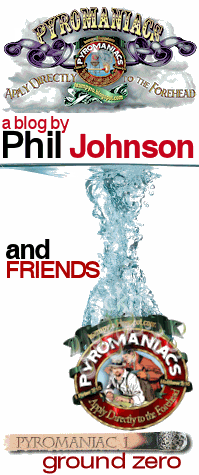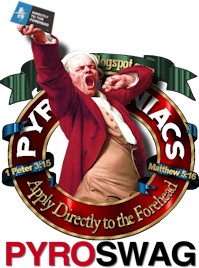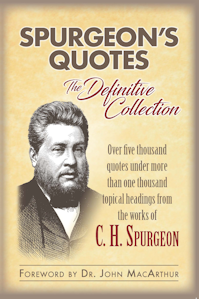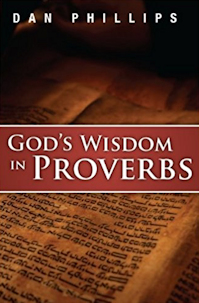This excerpt is from the blog back in August 2011. Phil shows why it is folly to think that there is "anything new under the sun" regarding the doctrine of Christology.
I've participated in Christian forums online since 1995, and one thing has always absolutely amazed me about the nature of theological discussion on the Internet: Whenever the discussion turns to Christology and the Incarnation, people seem to crawl out of the woodwork and start shooting from the hip. This is one area of theology where orthodoxy is very meticulously defined and has been accepted by all major traditions without serious challenge since the fourth century. Why anyone would want to enter the fray with a "Well, I think this: [your novel idea here]" kind of argument is mystifying to me.
The reason these issues were hashed out so carefully in the early church is that they are absolutely foundational. And it behooves us all to study historical theology and the major creeds on these matters before launching into speculation.
In the early centuries of the Christian era, the church was relentlessly assaulted with Christological heresies. Between them all, they pretty much covered every possible heresy regarding the Person of Christ. You think you have a new way to explain the Incarnation? It's no doubt already been done.
[...]
The war against Christological heresies continued until the council of Chalcedon (451) issued a statement about the Person of Christ that has stood as the definitive test of orthodoxy from that time until now. From that point on, the confession of Chalcedon has universally been affirmed in every major branch of the Christian church—Roman Catholicism, Eastern Orthodoxy, and Protestantism.
The statement is brief. It is all one sentence:
We, then, following the holy Fathers, all with one consent, teach men to confess one and the same Son, our Lord Jesus Christ, perfect in Godhead and also perfect in manhood; very God and very man, of a rational soul and body; coessential [homoousion—identical in essence] with the Father according to the Godhead, and consubstantial [homoousion—identical in essence] with us according to the Manhood; in all things like unto us, without sin; begotten before all ages of the Father according to the Godhead, and in these latter days, for us and for our salvation, born of the Virgin Mary, the God-bearer [Theotokos], according to the Manhood; one and the same Christ, Son, Lord, Only-begotten, to be acknowledged in two natures without confusion, without change, without division, and without separation; the distinction of natures being by no means taken away by the union, but rather the property of each nature being preserved, and concurring in one Person and one Subsistence, not parted or divided into two persons, but one and the same Son, and only begotten, God the Word, the Lord Jesus Christ, as the prophets from the beginning have spoken of him, and the Lord Jesus Christ himself has taught us, and the Creed of the holy Fathers has handed down to us.
The genius of that statement—the element that put an end to incessant heresies on the nature of Christ—is found in the phrase "two natures without confusion, without change, without division, and without separation." Those four negative statements forever defined and delimited how the person of Christ is to be understood. G. C. Berkhouwer called those four negatives "a double row of light-beacons which mark off the navigable water in between and warn against the dangers which threaten to the left and to the right."
Every heresy that has ever surfaced with regard to the person of Christ either fuses or separates the deity and the humanity of Christ. Chalcedon declared that the two natures can be neither merged nor disconnected. (The technical term for the union of Christ's two natures is the hypostatic union.) Christ is both God and man. Truly God and truly man.
There is no terminology outside the Council of Chalcedon's statement that has ever been accepted as orthodox by any major branch of Christianity. So anyone who denies any element of this formula—whether it's the two natures, the union of the two natures, or whatever—is unorthodox on the doctrine of the Incarnation. It's as simple as that. And this is not something to treat lightly.












